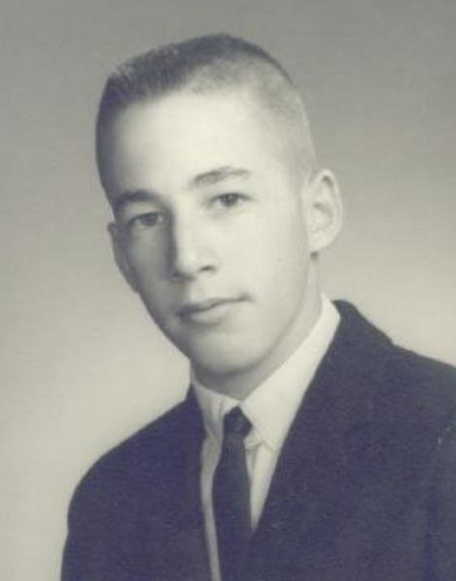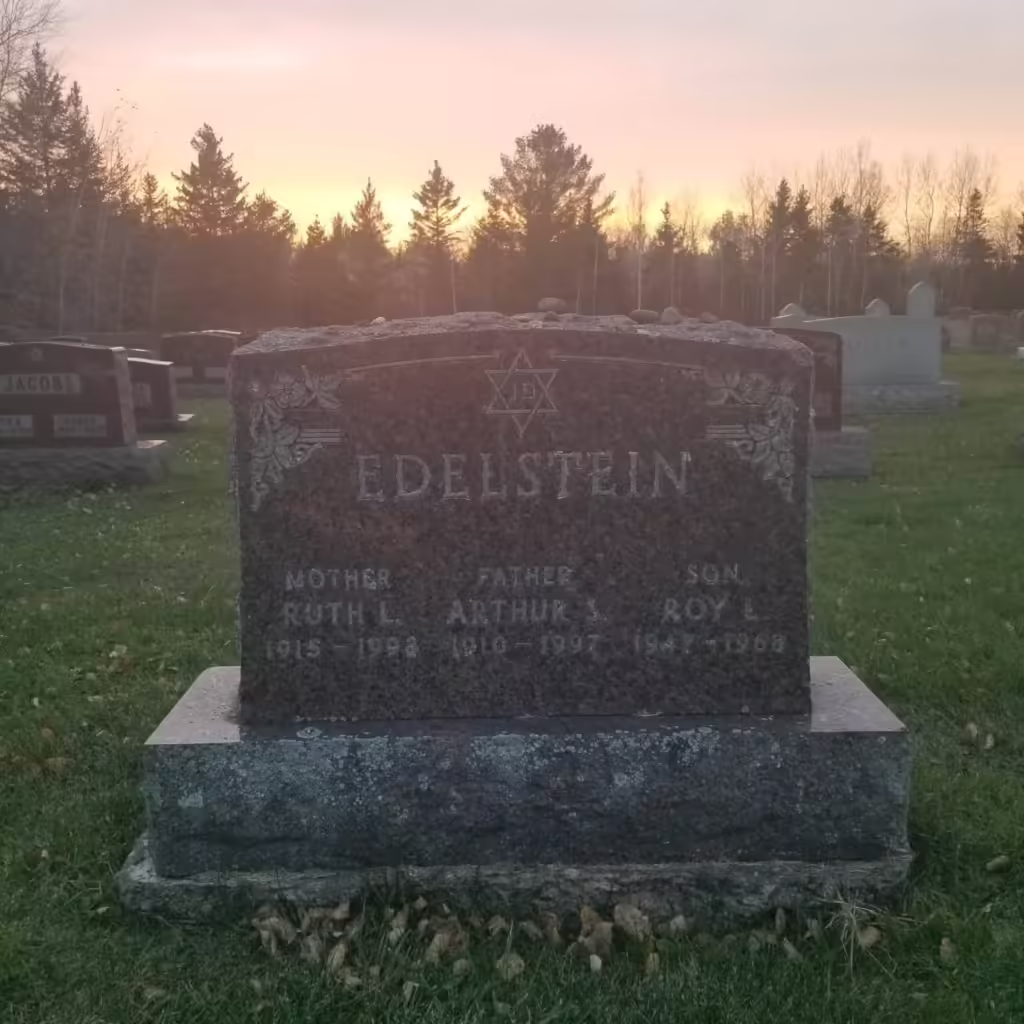
Minneapolis, Minnesota
In October of 2022 I found myself in Minneapolis, Minnesota for work. On Monday the 17th I had visited the gravesites of three men who were serving in the 3rd Battalion, 12th Infantry Regiment in Vietnam when they were killed in action. Once I finished up at the cemeteries, I picked up a few co-workers at the airport, and enjoyed my afternoon reconnecting with old friends and establishing connections with a few new ones. Tuesday and Wednesday were spent meeting each day and planning out our training schedule for the year. We wrapped up our planning session on Wednesday afternoon, checked out of our hotel in Minneapolis and headed up the interstate to Duluth, where we would spend a day getting an up close and personal view of a project on the Superior National Forest.
On Thursday morning we climbed aboard our rented 12 passenger van and began our trek up and through a large swath of the Superior. The brisk cold winds of the previous days had given way to an influx of warmer weather, and my team spent a wonderful day meeting with amazing USDA Forest Service employees out in the field. We wrapped up our day, and headed back to our hotel in Duluth. We had an hour to kill before meeting up for dinner, so I excused myself from the group. I had another gravesite to visit, this time in nearby Superior, Wisconsin. My colleagues Alison Leiman and Latoya Johnson surprised me by asking if they could come with me on my next stop. I was glad to have the company, and to get the chance to share the story of one of the men of the 3-12 Infantry.
With Alison behind the wheel, we headed south through Duluth and across a bridge spanning the St. Louis River into nearby Superior. There, at the small Hebrew Cemetery just south of town, we found the headstone of Roy L. Edelstein, who served in Alpha Company, 3-12 Infantry and was killed in action west of Dak To on August 14, 1968
Hebrew Cemetery, Superior, Wisconsin
It was nearly dusk by the time we arrived at the Hebrew Cemetery. Luckily, it wasn’t huge. I didn’t have a plot location for Edelstein’s grave, so we’d have to search. I did have a picture of the marker from the valuable Find A Grave website. I showed the picture to Alison and Latoya and we fanned out. Alison took the left flank, Latoya the right, and I started in the center.
“Found it!” Alison called out just moments into our search. I moved over to where she stood and took in the scene. In the third row from the front, a large granite marker bearing the names of Roy and his parents stood solemnly surrounded by the graves of other members of the Jewish community. Ginsburg, Cohen and Jacobs were just a few of the familiar Jewish names in the surrounding rows.


Atop the large headstone rested over a dozen small stones, ranging from large pebbles to fist sized rocks. As I glanced around the small cemetery I could see that all of the headstones were adorned as such. Some with just a few stones, but others, like the Edelstein’s, bore the weight of dozens. I knew that Roy also had a flat military grave marker, and quickly located it at the foot of the Edelstein plot. It was partially covered with earth and the grass around it had covered its edges. I knelt down before Roy’s marker and began to scoop away the dirt until the entire flat surface was exposed. As I began to hand pull the long grass along the marker’s border, Alison began to read aloud about the ancient Jewish custom of placing rocks. I hadn’t been aware of this custom, but I too had a tradition to follow, and once I had finished tidying up the military marker, I placed a single penny and planted a small American flag.
As I knelt on the soft grass in front of the Edelstein headstone, I began to tell my two co-workers, Latoya and Alison, the story of August 14, 1968.
August 14th, 1968 – Five kilometers southwest of Fire Support Base 29, Kontum Province, Republic of South Vietnam.
Roy Edelstein was one of 15 men killed in a horrendous mortar and recoilless rifle(RR) barrage during the evening of August 14th, 1968. Alpha Company, which had been tasked with establishing a recon screen southwest of Fire Support Base 29, had been split into four major elements. A joint patrol consisting of 3rd & 4th Platoons, under the temporary leadership of SFC Henryk Sulatycki, a Polish ex-pat who had served the better part of two decades in the US Army, formed the center of the screen. 1st Platoon occupied positions north of center, and 2nd Platoon positions south of center. The company command group, consisting of young company commander 1LT Leo Hadley, artillery Forward Observer 1LT Daniel Neuberger, and the two officer’s radiomen had remained on a small U.S. artillery support base to the east.
At approximately 1600 hours, 1LT Hadley and his command group were inserted by helicopter onto the rough hilltop patrol base carved out of the hard dirt by the battalion Recon team days prior. The Recon soldiers, approximately 20 in number, happily hopped aboard the same helicopters that brought Hadley in. Over the last few days, they had reported signs of enemy movement in the jungled hills west of their position. They all felt like contact was imminent, and they were glad to be headed back to the relative safety of FSB 29.
The old recon patrol base, now occupied by roughly 50 men from Alpha Company, was in poor shape. The exposed hilltop, devoid of most of its foliage and trees, offered scant opportunities for the deep bunkers with overhead cover the men from Alpha Company were used to. The shallow foxholes dug instead offered little protection. For most men, when sitting flat on the bottom, their arms could rest on the outside, exposing their upper torso and head. The dirt, baked to a near concrete hardness, just wouldn’t cooperate.
Whether 1LT Hadley had time to realize the precariousness of his position is impossible to tell. Shortly after he arrived, the NVA sprung their attack. A massive, concentrated barrage of mortar and recoilless rifle fire smashed into the small American perimeter. In just minutes, at least a dozen men were dead, including both officers, Hadley and Neuberger, SFC Sulatycki and young Roy Edelstein. Led by SSG Harry Coons, a highly decorated NCO who was just days away from the end of his one-year tour, and an artillery radioman named Jack L Marinacci, the survivors fled the hill, which had become a death trap. They brought two severely wounded men with them. One died just hours after the attack, and the other, SGT Ray Daniels, died the next morning just before the men were finally rescued by a patrol from Delta Company.
The destruction of the Alpha Company command group was complete. 15 men were killed, and most of the remaining men wounded. The battalion commander, LTC Jamie Hendrix, who had hand selected 1LT Leo Hadley for the job of company commander, pulled Alpha from the field. It would need time to recover. A new company commander was brought in, Captain Donald Androsky from eastern Pennsylvania. A senior captain, he was given the job of refitting the broken company and getting it ready for combat operations again.
Hebrew Cemetery, Superior, Wisconsin
As I knelt on the soft grass in front of Roy Edelstein’s grave, I told this story to my two co-workers. Both were visibly moved. The Vietnam War is such a mystery to most people, who know it best from movies like Platoon and Full Metal Jacket. Or maybe from the Wall in Washington, D.C. But visiting the Wall without a soldier’s name to look for can be overwhelming. The sheer immensity of it all. How can you care about one little name amongst the over 55,000 on the Wall? This is how. Find a name and look it up. Each one has a story, and although they will never be able to know all 55,000, at least now, Alison and LaToya know one.
One Response